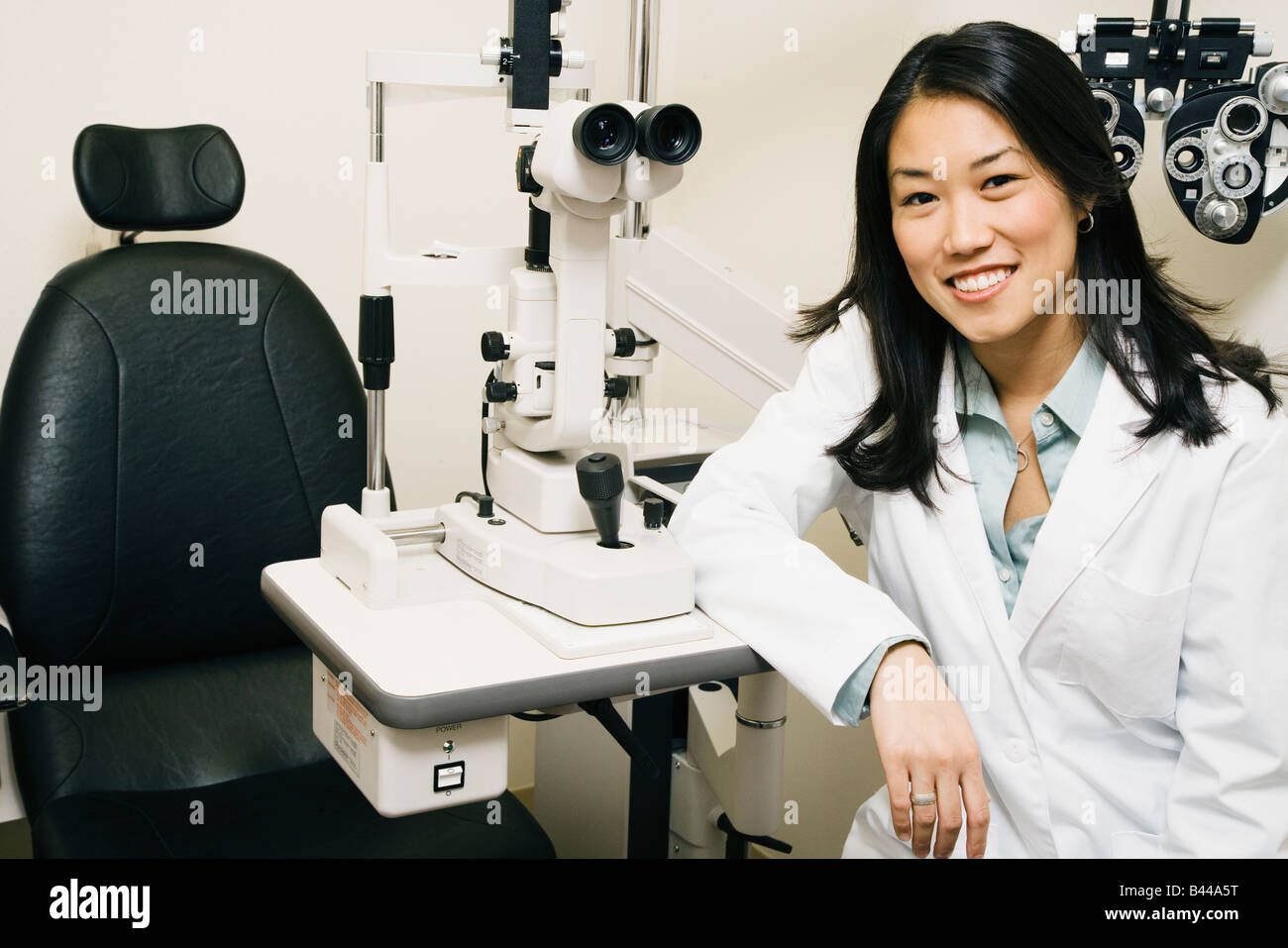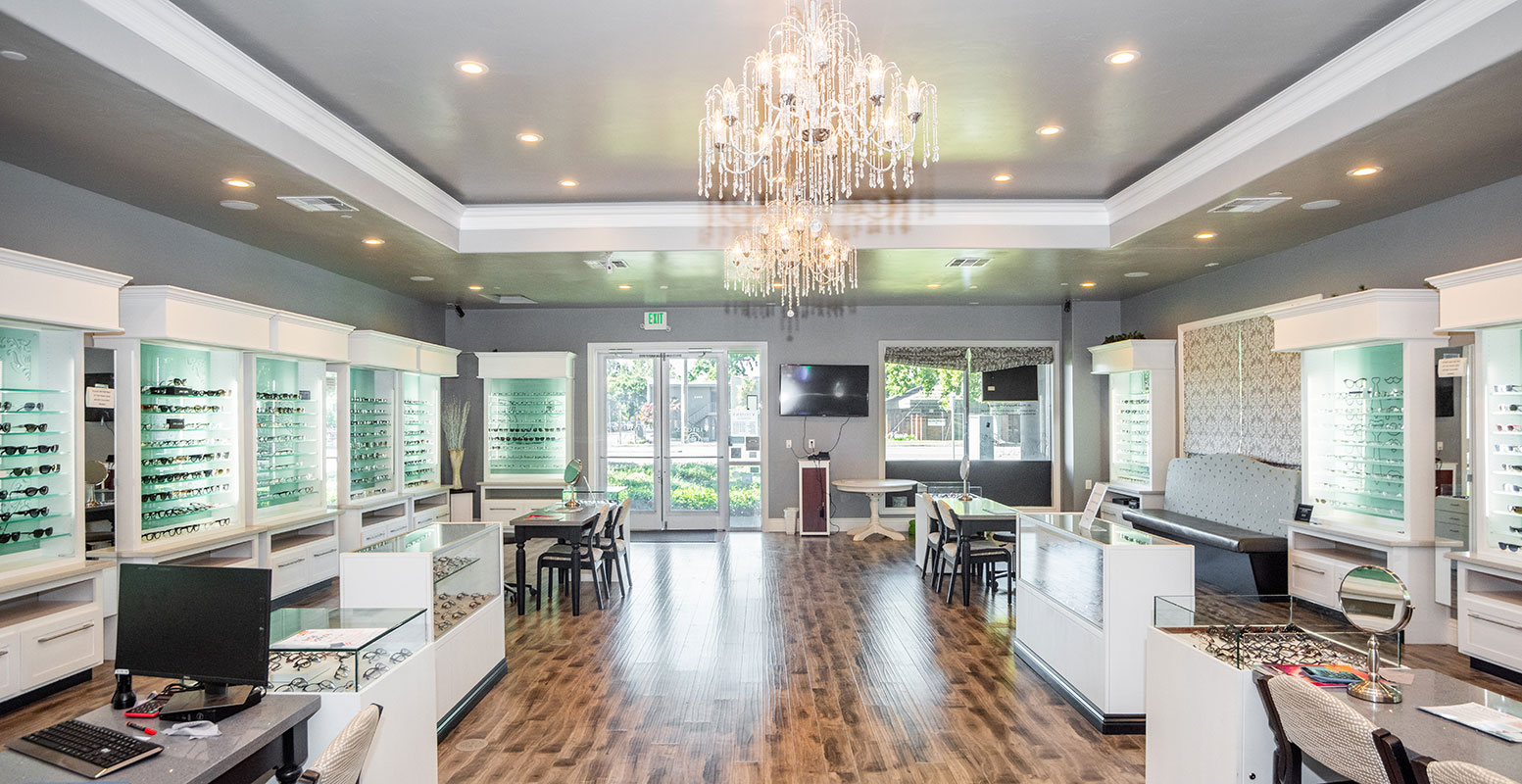Exploring the most up to date Technological Innovations in Optometry and What They Mean for Eye Doctors
From the precision of Optical Coherence Tomography to the nuanced understandings offered by AI-driven diagnostic devices, these advancements are setting brand-new standards in person assessment and treatment. As these innovations permeate the method, eye doctors are encountered with the obstacle of embracing these devices to enhance individual results.
Advancements in Diagnostic Equipment
Advancing the field of optometry, innovations in analysis devices have revolutionized the means eye treatment professionals assess and detect aesthetic impairments and eye conditions. The previous decade has actually witnessed significant technical developments, enabling even more precise and detailed examinations.
An additional secret innovation is the introduction of innovative corneal topography systems, which map the surface curvature of the cornea with precision. These devices are particularly helpful for suitable contact lenses and identifying corneal problems. Furthermore, digital retinal imaging has actually changed traditional ophthalmoscopy, using thorough, panoramic views of the retina that assist in extensive aesthetic evaluations.
The growth of wavefront aberrometry has actually additionally been crucial, enabling the analysis of refractive errors with unrivaled accuracy (Eye Doctor). This innovation helps in personalizing restorative lenses and improving medical results for refractive surgical treatments. Jointly, these diagnostic improvements equip optometrists to deliver superior patient care, ensuring very early treatment and customized therapy approaches, inevitably boosting visual health and wellness outcomes
AI in Patient Monitoring
Structure on the foundation of cutting-edge analysis tools, the consolidation of expert system (AI) in person monitoring represents a transformative leap for optometry. AI systems are significantly used to improve efficiency, precision, and personalization in client treatment. By assessing large amounts of data, AI can recognize patterns and forecast possible ocular conditions, making it possible for eye doctors to tailor treatments extra properly. This ability is essential in managing persistent eye diseases such as glaucoma and diabetic person retinopathy, where early discovery and continuous surveillance are essential.
Moreover, AI-driven platforms promote streamlined individual communications and administrative processes. Automated organizing, virtual assessments, and individualized follow-up plans not only boost patient fulfillment but likewise maximize time monitoring for specialists. These systems can triage people based on the urgency of their conditions, making sure that those in critical requirement receive punctual attention.
In addition, AI enhances decision-making by offering eye doctors with evidence-based referrals and therapy paths. By incorporating data from electronic health records, AI tools use understandings that educate professional choices, reducing the risk of errors and enhancing individual results. As AI proceeds to advance, its duty in person management will likely expand, improving the landscape of optometric treatment.
Advances in Retinal Imaging
In the realm of optometry, retinal imaging has actually witnessed remarkable technological advancements that are enhancing analysis abilities and individual treatment. Advancements such as Optical Comprehensibility Tomography (OCT) and fundus photography have transformed exactly how optometrists evaluate the retina and visualize. OCT, specifically, provides high-resolution, cross-sectional photos of the retina, enabling the in-depth assessment of its layers. This ability is indispensable for early detection and monitoring of problems like glaucoma, diabetic retinopathy, and age-related macular deterioration.
Enhanced imaging methods like OCT angiography are further refining this page analysis precision. This non-invasive strategy maps blood flow in the retina, offering essential understandings right into vascular health and wellness without the need for color shots. Furthermore, flexible optics technology is being incorporated into retinal imaging systems to remedy ocular aberrations, providing unprecedented picture quality. Such improvements promote the identification of min retinal adjustments that could symbolize disease progression.
Additionally, innovations in synthetic knowledge are boosting retinal imaging by enabling automatic evaluation of big datasets. These systems aid eye doctors in determining patterns a sign of pathology, therefore enhancing diagnostic accuracy and efficiency. Collectively, these advancements are changing retinal imaging right into a keystone of modern eye care, improving outcomes and expanding therapeutic possibilities.
Teleoptometry's Growing Role
Teleoptometry is significantly ending up being an important component of eye treatment, driven by developments in digital interaction and diagnostic devices. This is especially advantageous in underserved and rural areas where access to specialized eye treatment is usually limited.
The assimilation of fabricated intelligence (AI) additional enhances teleoptometry, making it possible for the analysis of aesthetic data and assisting in the discovery of eye conditions such visit the site as glaucoma and diabetic person retinopathy. AI-powered algorithms can swiftly interpret intricate imaging data, giving optometrists with valuable understandings that bolster scientific decision-making.
Furthermore, teleoptometry sustains continuity of treatment through smooth combination with electronic wellness records (EHRs), enabling optometrists to maintain extensive patient backgrounds. When seeking advice from with various practitioners., this guarantees that people receive consistent and individualized care also.
Regardless of these benefits, challenges remain, consisting of making certain information protection and handling patient expectations. Teleoptometry stands for a considerable stride in the direction of even more easily accessible, reliable, and patient-centered eye treatment. As modern technology advances, its duty is positioned to increase better.

Future Trends in Eye Care
A myriad of innovative fads is readied to improve the future of eye treatment, driven by technical developments and the progressing requirements of individuals. One considerable trend is the combination of expert system (AI) in diagnostics, which assures to improve the precision and efficiency of eye exams. AI formulas can examine large amounts of information from retinal pictures, potentially detecting problems like diabetic person retinopathy and glaucoma earlier than conventional methods.
In addition, individualized medicine is gaining grip in optometry, with genetic screening notifying customized therapy plans. This method intends to enhance client outcomes by tailoring interventions to specific genetic accounts. Wearable innovation, such as smart call lenses, is also imminent, offering real-time surveillance of intraocular pressure or sugar levels, hence offering continual insights right into ocular and systemic health.
The fostering of augmented truth (AR) and virtual truth (VIRTUAL REALITY) in training and individual education and learning is one more arising trend. These modern technologies provide immersive experiences that can boost understanding and skills both for optometrists and people. As these patterns advance, optometrists need to stay abreast of technical innovations to hop over to these guys offer sophisticated care, guaranteeing better patient results and satisfaction in the dynamic landscape of eye treatment.
Verdict

Jointly, these analysis developments encourage eye doctors to provide superior person treatment, guaranteeing very early treatment and tailored therapy techniques, ultimately boosting visual wellness results.

As these technologies continue to progress, eye doctors must adapt and integrate them right into practice, ultimately enhancing operations performance and elevating the requirement of eye care supplied to people.